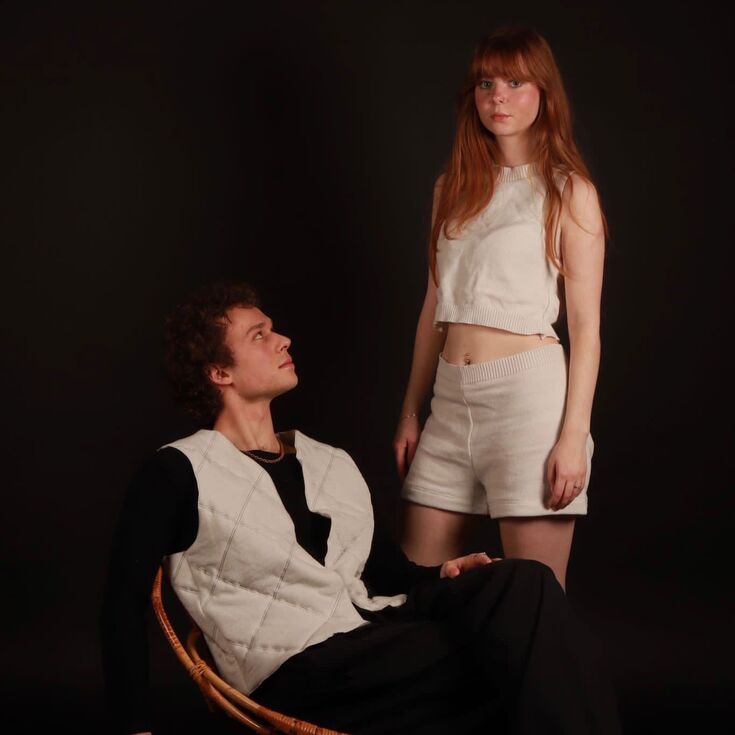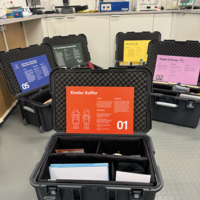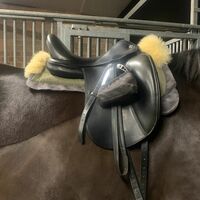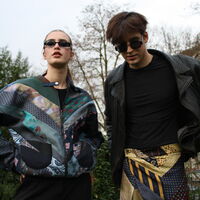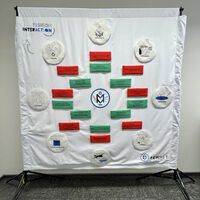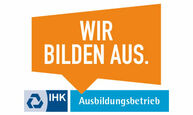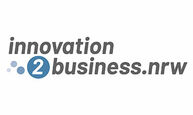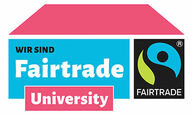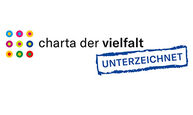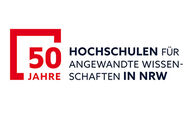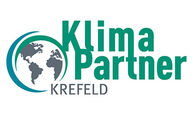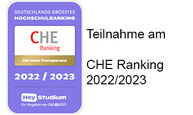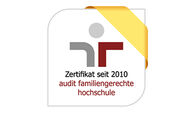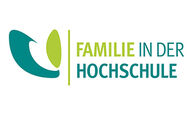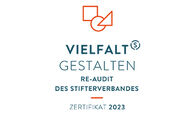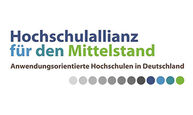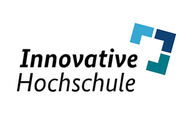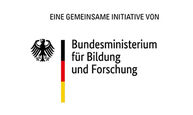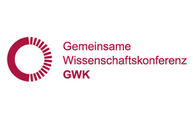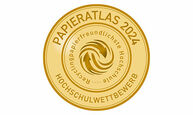It is one of the most popular events at the Faculty of Textile and Clothing Technology at Hochschule Niederrhein (HSNR): students present their creative project assignments from semester 5. This time, no fewer than twelve teams tackled the tasks set by the external topic presenters in terms of sustainability, recycling and upcycling.
The teams were randomly selected from various Bachelor's degree programmes, some of which were international, and projects and topic providers were drawn by lot. The solutions had to be innovative, sustainable and resource-saving.
PLAin" emerged as the clear winner. Eleven students produced clothing and accessories that are biodegradable. They used fibers made from polylactide - PLA for short (or polylactic acid). The US partner university, North Carolina State University, provided four kilograms of the material. PLA is a polyester, but has a smaller ecological footprint than the common polyester PET. The highlight: the bioplastic can be composted in your own garden.
Among other things, the students created a knitted top with matching shorts, a quilted vest and a hairband. The project encompassed the entire textile chain, from yarn production to fabric production, design and manufacture through to marketing. The team created its own brand and marketing concept under the surname "PLAin". "All production steps were carried out in the versatile machine hall and laboratories at HSNR," says team leader Kerstin Stauss (26) from Cologne, who is delighted with the technical possibilities at the university.
The textile "PLAin" products can later be dissolved in potting soil when they are defective or worn out and need to be disposed of. A more environmentally friendly alternative to PET that helps to reduce textile waste.
Team 2 also produced its own fashion collection. Eleven international students dedicated themselves to a more efficient, economical and optimized production process for upcycled fashion. They created a guide for the label Studio Amaran Creative using a roadmap and manual. The team, taught in English, was able to test its results for more scalable and efficient production processes such as color sorting and labeling by upcycling used silk and polyester ties. They made two of their own garments from the used textiles - from design to the end of production. They always kept an eye on the textile circular economy. They produced a unisex skirt and a jacket in an eye-catching pattern.
In collaboration with the non-profit association Femnet e.V., Group 11 developed communication media that can be used at events or information stands. The result was a banner made of Molton cotton fabric that conveys knowledge about the global circular economy in the textile and clothing industry in an easy-to-understand way. The interactive stand element with removable patches also offers the opportunity for games such as a quiz - and can be stored and transported in no time at all in a specially made carrying bag. A flyer provides compact information.
Eleven students from Group 8 were tasked by cooperation partner DWI Leibniz Institute for Interactive Materials with arousing curiosity about textile knowledge among various target groups. In their project "Science communication in a suitcase", they therefore designed five demonstration suitcases with their own information and illustrative material - on different specializations depending on the age group.
The themed cases are designed to be easy to understand - and are therefore ideal for use at trade fairs or in pedestrian campaigns on the topic of the textile circular economy. They are also to be used as part of the "KlarTEXt" transfer project, in whichthe HSNR and the Fraunhofer Institute for Environmental, Safety and Energy Technology UMSICHT are also involved alongside the DWI. The first events are already being planned.
The result is, for example, a children's suitcase with a game board and various fiber samples (plant, chemical and animal) to touch. The recycling case, on the other hand, is aimed at people with a basic interest in textiles and focuses on the recyclability of used textiles. Information material and miniature waste garbage cans illustrate the topics of disposal, recycling, upcycling and downcycling. Team 6 designed an innovative saddle pad that relieves the strain on horses' backs and at the same time corrects the saddle's fit. The premise: It should be modern and functional.
When it came to the materials, the eight students deliberately set themselves apart from the usual. They used microfiber for the bottom layer, which lies directly on the horse's coat, and polyacrylic for the top decorative layer. Materials that are breathable, highly sweat-wicking and extremely durable. Two interchangeable spacer fabrics as intermediate layers ensure height compensation and dimensional stability. Instead of a conventional Velcro fastener, the students chose a magnetic tape to attach the saddle pad to prevent animal hair from being torn out. The task came from the young start-up Equinovation.
The 5th semester projects have been presented for almost 20 years. Students deepen important skills such as teamwork, creativity, intercultural competence and methodological skills.


